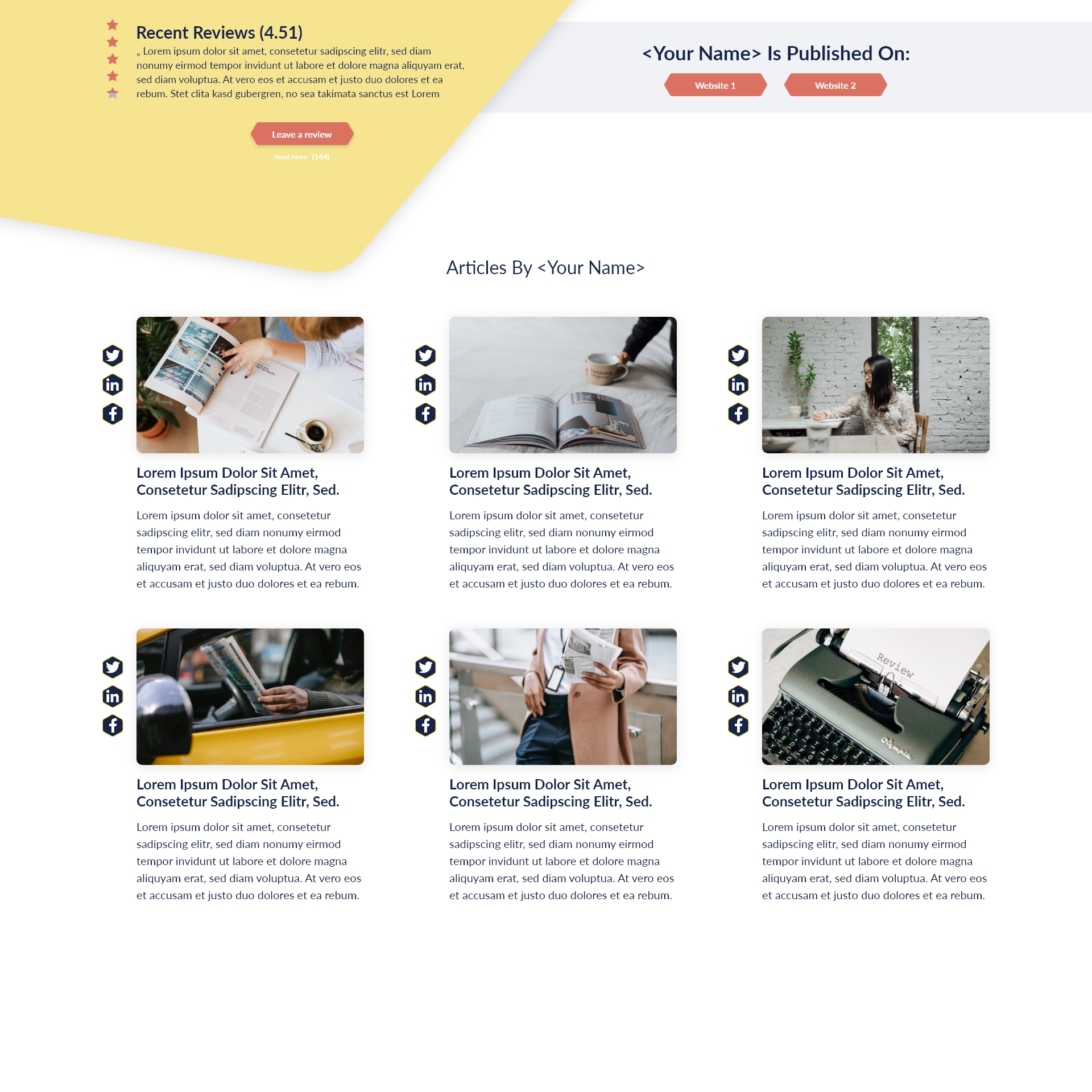Key Takeaways:
- Leaders can significantly enhance team performance by adopting effective communication practices.
- Implementing structured goal-setting can motivate and empower employees, driving engagement.
In today’s fast-paced business environment, leaders face the unique challenge of motivating and influencing their teams while navigating diverse opinions and expectations. Understanding employee engagement is critical, and a thoughtful approach to leadership can make all the difference. This article delves into practical strategies that modern leaders can employ to enhance employee engagement, set clear goals, and foster a positive workplace culture.
The Importance of Employee Engagement
To drive success within any organization, leaders must grasp the concept of employee engagement. Engaged employees are not only more productive but also more likely to stay with the company, resulting in lower turnover rates. According to research, companies with high engagement levels outperform their competition in terms of profitability and customer satisfaction. Thus, promoting engagement should be a top priority for leaders at all levels.
Understanding Your Team
Knowing your team members individually is crucial for effective leadership. Understanding their motivations, strengths, and areas for development allows you to tailor your approach to enhancing engagement. Regular one-on-one meetings to discuss career aspirations and personal interests create a more profound connection and foster an environment of trust.
Setting Clear and Achievable Goals
Setting goals is an essential element of employee engagement. Goals provide direction and accountability, and when communicated clearly, they can empower team members. Leaders should work collaboratively with employees to set SMART (Specific, Measurable, Achievable, Relevant, Time-bound) goals. Encourage team members to take ownership of their objectives by involving them in the goal-setting process. This not only drives motivation but also creates a sense of belonging, enhancing overall engagement.
Effective Communication Skills
Communication is the cornerstone of effective leadership. Leaders must develop strong communication skills to ensure that their message resonates with their team. Utilize various communication methods, such as team meetings, emails, and informal check-ins, to keep everyone informed and engaged. Additionally, fostering a culture that welcomes feedback enables open dialogue, allowing team members to express their thoughts and concerns. Practice active listening and demonstrate empathy when responding to your team’s feedback.
How Does Effective Communication Impact Engagement?
Strong communication fosters transparency and clarity, two key elements that influence employee engagement. When team members understand organizational goals and expectations, they feel more connected to their work, leading to increased motivation and productivity.
Embracing Diversity and Inclusion
A diverse workforce brings a wealth of ideas and perspectives that can enrich the organization. As a leader, embracing diversity and promoting an inclusive culture should be a priority. Encourage collaboration among teams with diverse backgrounds, as this can lead to innovative solutions and enhance overall performance. Training programs focused on diversity and inclusion will not only raise awareness but also demonstrate a commitment to equity within the organization.
Conflict Resolution Strategies
Conflict is inevitable in any work environment. As a leader, your ability to resolve conflicts effectively can significantly impact team dynamics and engagement. Develop conflict resolution skills by understanding each party’s perspective and working towards a collaborative solution. Train your team on conflict resolution techniques to empower them to address disagreements constructively.
Time Management for Leaders
As leaders, managing your time effectively is crucial in setting the tone for your team’s productivity. Prioritize tasks and delegate responsibilities to ensure you focus on strategic decisions. Encouraging your team to manage their time effectively can also lead to better performance and job satisfaction. Introduce productivity tools and methods that help team members plan their work efficiently.
Stress Management Techniques
In the workplace, stress can hinder performance and lower employee engagement. Leaders should provide resources and training on stress management techniques, such as mindfulness and time management strategies. Creating an environment where team members feel safe discussing their stressors can lead to better collaboration and support among colleagues.
What Are Some Practical Tips for Reducing Stress in the Workplace?
Encourage regular breaks, promote a healthy work-life balance, and provide resources for managing stress. Creating a culture that values mental health will keep employees engaged and motivated.
The Role of Feedback in Engagement
Constructive feedback is vital for employee development. Create a feedback culture within your team, ensuring that feedback is frequent, specific, and actionable. Engaging employees in the feedback process not only promotes their growth but also reinforces their connection to the organization.
Conclusion
Enhancing employee engagement is a multifaceted endeavor that requires intentional effort from leaders. By understanding your team, setting clear goals, communicating effectively, embracing diversity, and providing the tools for conflict resolution, time management, stress management, and constructive feedback, leaders can create a thriving workplace environment. Remember, engaged employees are key drivers of success in any organization.








